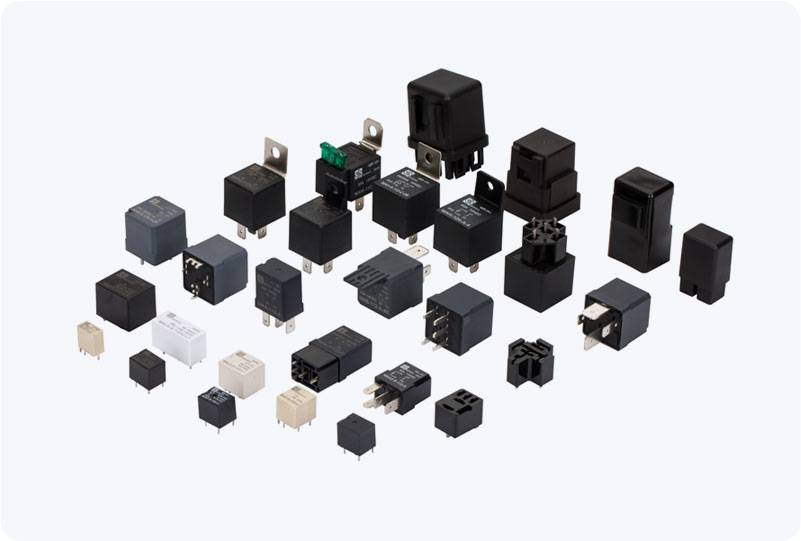the role of 5g base station relay in expanding network coverage and efficiency
Release time:2025-07-30 15:51:02
The deployment of 5G networks represents a significant advancement in telecommunications, promising faster speeds, lower latency, and more reliable connectivity. However, with these innovations come challenges, particularly in terms of network coverage, interference, and capacity management. One key solution to address these challenges is the implementation of 5G base station relays. This technology plays a crucial role in improving signal coverage, enhancing network performance, and enabling the efficient operation of 5G networks, particularly in areas that traditional base stations may struggle to serve.

What is a 5G Base Station Relay?
A 5G base station relay is a network device that helps extend the coverage and enhance the signal quality of a primary base station. It works by receiving signals from the main base station, amplifying or relaying them, and then transmitting the signal to a broader area. This relay function enables operators to improve coverage in challenging environments such as urban canyons, remote areas, and densely populated urban regions where conventional base stations might not be as effective.
Relays can be implemented in two primary configurations: wireless and wired. A wireless relay uses radio waves to connect with the main base station and retransmit the signal, while a wired relay uses a physical connection (e.g., fiber-optic cables) to communicate with the base station before wirelessly transmitting the signal to the end-user. Both methods help to expand the network’s reach without the need to construct an excessive number of new base stations.

